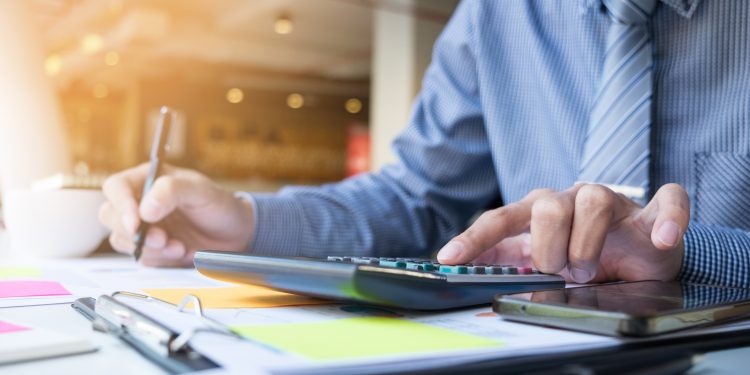Paying taxes is a civic responsibility, and also a near-universally dreaded task among Americans of all backgrounds and beliefs. In fact, 27% of taxpayers say they would prefer to permanently brand themselves with the words “IRS” to avoid paying income tax, while 20% said they’d take a vow of celibacy to dodge the chore. Out of those surveyed, 50% would move to a different state and another 50% would choose jury duty in return for a tax-free future. With the IRS understaffed and notoriously difficult to reach, the process of filing taxes itself is also rife with areas that need improvement.
And it’s not just the IRS: effective tax systems are essential for maximizing revenue at every level of government. At the local level, taxes are the primary source of funding for programs and services that determine the quality of life for residents. But some municipal agencies fail to realize the significant correlation between tax collection processes and improving operations. In a perfect world, residents would pay their tax bills on time, accessibly, and without hassle, enabling the effective administration of revenue. But it’s not a perfect world. Late and delinquent payments are a common challenge for every tax collector and are often the result of cumbersome billing and payment processes. It’s time for local agencies—and every level of government—to implement automated billing and payment options for smoother collections and more satisfied residents.
Making strides
Government agencies across the board lack modern payments systems. This increases government employee workloads, strains resources, and creates major organizational inefficiencies. On average, government workers spend 10 to 20 hours per week fielding payment-related calls. While some of these calls do require employee engagement, automating billing and payments can significantly reduce misspent time.
Here’s the good news: some agencies are beginning to realize increased efficiencies by introducing automation into the mix. This more proactive, technology-driven approach to taxes reduces call volumes and in-person traffic, releasing employees from the stressful and mundane manual tasks associated with collections. From a business perspective, digitizing billing and payments is an easy way to dramatically increase productivity, making this type of automation a force multiplier.
Automation for the win/win
Automating age-old billing and payments processes may sound daunting. However, implementing a platform that engages customers is well worth the effort, for both billers and payers. Tax collectors can foster self-service and assuage many friction points for payers via online payment adoption, paperless billing, and other convenient payment methods.
In addition to reducing complexity and increasing transparency, these automated options also garner positive responses from taxpayers. Consumer demand for excellent customer experiences does not discriminate, and interactions with governments are not exempt, especially when it comes to paying bills and taxes.
Self-service options are the ultimate time-saver for government agencies. Below are some real-life use-cases proving the benefits of automating tax collection services.
- The City of Monroe, Mich. implemented easy-to-use, omni-channel payment options, allowing residents to effortlessly pay bills whenever, wherever, and however they choose—the ultimate in convenience. The city found that the easier these channels are to use and find again for future use, the higher online adoption and resident satisfaction rates will be.
- Results:
- 41% increase in electronic payments
- 77% increase in paperless enrollment
- Significant decrease in mailed payments
- Results:
- In James City County, Va., theimplementation of a frictionless online payment solution enabled bills to be sent and paid electronically. Paperless billing created the opportunity for residents to receive bills digitally, cutting costs and saving valuable time while driving significant online adoption. The flexible, self-service options encouraged on-time payments and a boost in customer satisfaction.
- Results:
- 46% reduction in mailed, in-person, and manual office payments
- 372% increase in electronic payments
- 246% increase in paperless enrollment
- Results:
Adapting to today’s expectations
Digital payments adoption has been on the rise since the first online payment in 1994. The pandemic forced physical transactions to slow, spurring a massive increase in online purchases and payments. Providing access to automated billing and payments is essential for meeting evolving resident expectations, helping billers and payers experience less stress around tax season. This modern approach also drives staff retention, creates a more pleasant work environment, and gives employees more time and energy to focus on higher priority—and more fulfilling—tasks.










